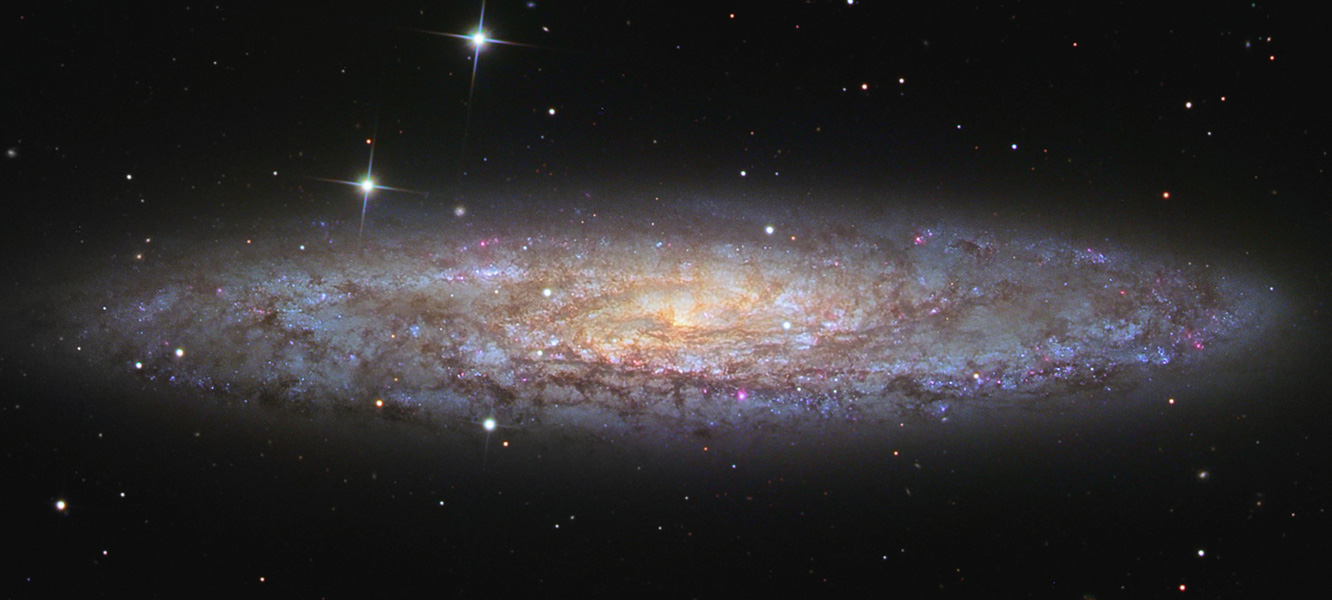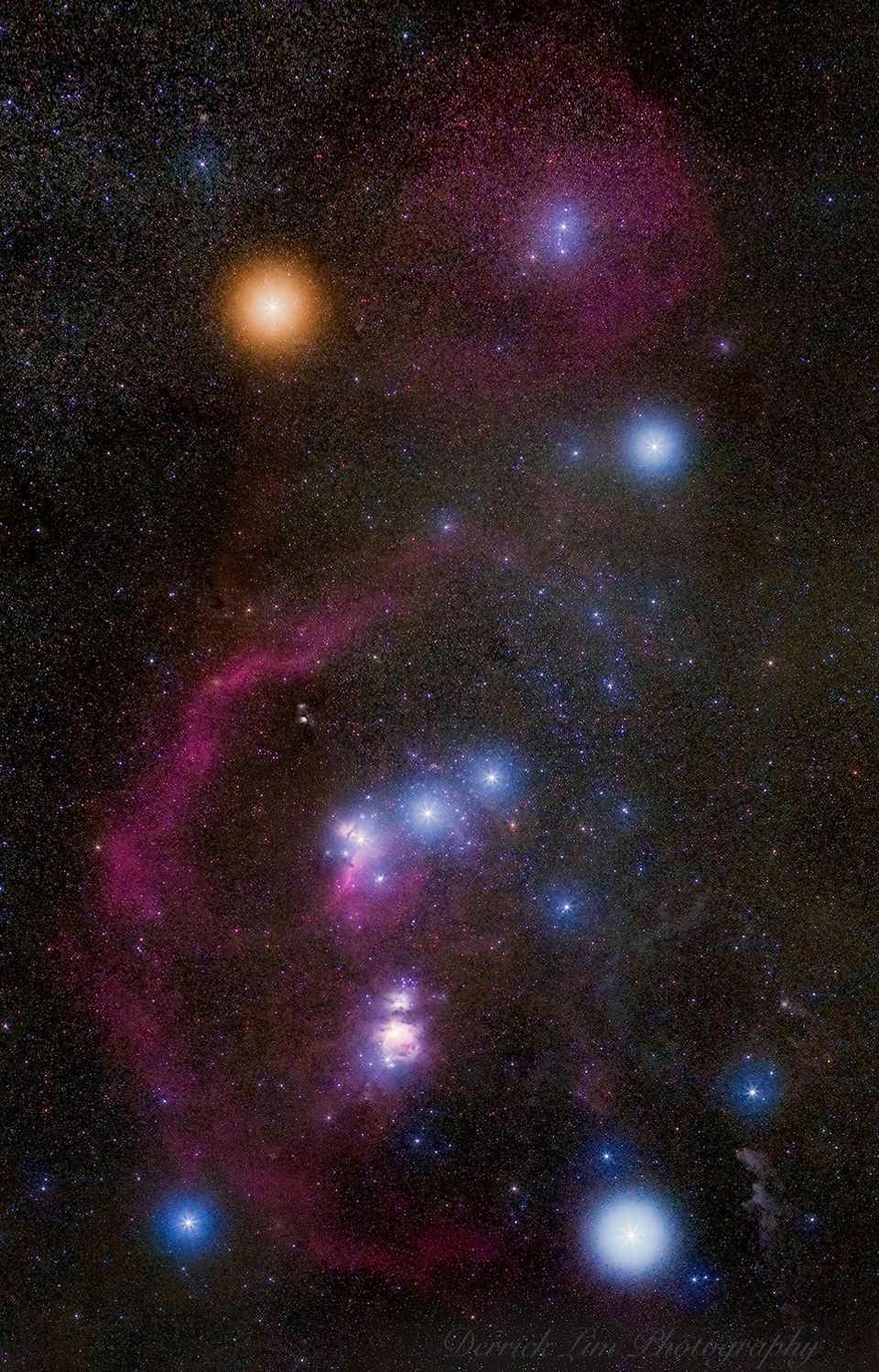
NGC 253: Dusty Island Universe


Three crew members, including NASA astronauts Drew Feustel and Ricky Arnold, are on their way to the International Space Station after launching from the Baikonur Cosmodrome in Kazakhstan at 1:44 p.m. EDT Wednesday (11:44 p.m. Baikonur time).
from NASA http://ift.tt/2FXqmwh
via IFTTT![]()
Media are invited to view NASA’s Parker Solar Probe spacecraft at 9:30 a.m. EDT on Wednesday, March 28, at the agency’s Goddard Space Flight Center in Greenbelt, Maryland. The spacecraft will embark this summer on a daring trek, traveling closer to the Sun than any spacecraft in history.
from NASA http://ift.tt/2DKi49f
via IFTTT![]()
Media are invited to preview the final deployment of one of NASA’s most ambitious airborne studies of Earth’s atmosphere on Friday, April 13, at Building 703 of NASA’s Armstrong Flight Research Center, located in Palmdale, California.
from NASA http://ift.tt/2G98XnQ
via IFTTT![]()

NASA will test a parachute for possible future missions to Mars from NASA’s Wallops Flight Facility in Virginia on Tuesday, March 27. Live coverage of the test is scheduled to begin at 6:15 a.m. EDT on the Wallops Ustream site.
from NASA http://ift.tt/2IzWPKR
via IFTTT![]()
Two American astronauts will venture outside the International Space Station on Thursday, March 29, for a planned 6.5-hour spacewalk. Experts from NASA will preview this work in a briefing at 2 p.m. EDT Tuesday, March 27, at NASA’s Johnson Space Center in Houston.
from NASA http://ift.tt/2pqT5U3
via IFTTT![]()
